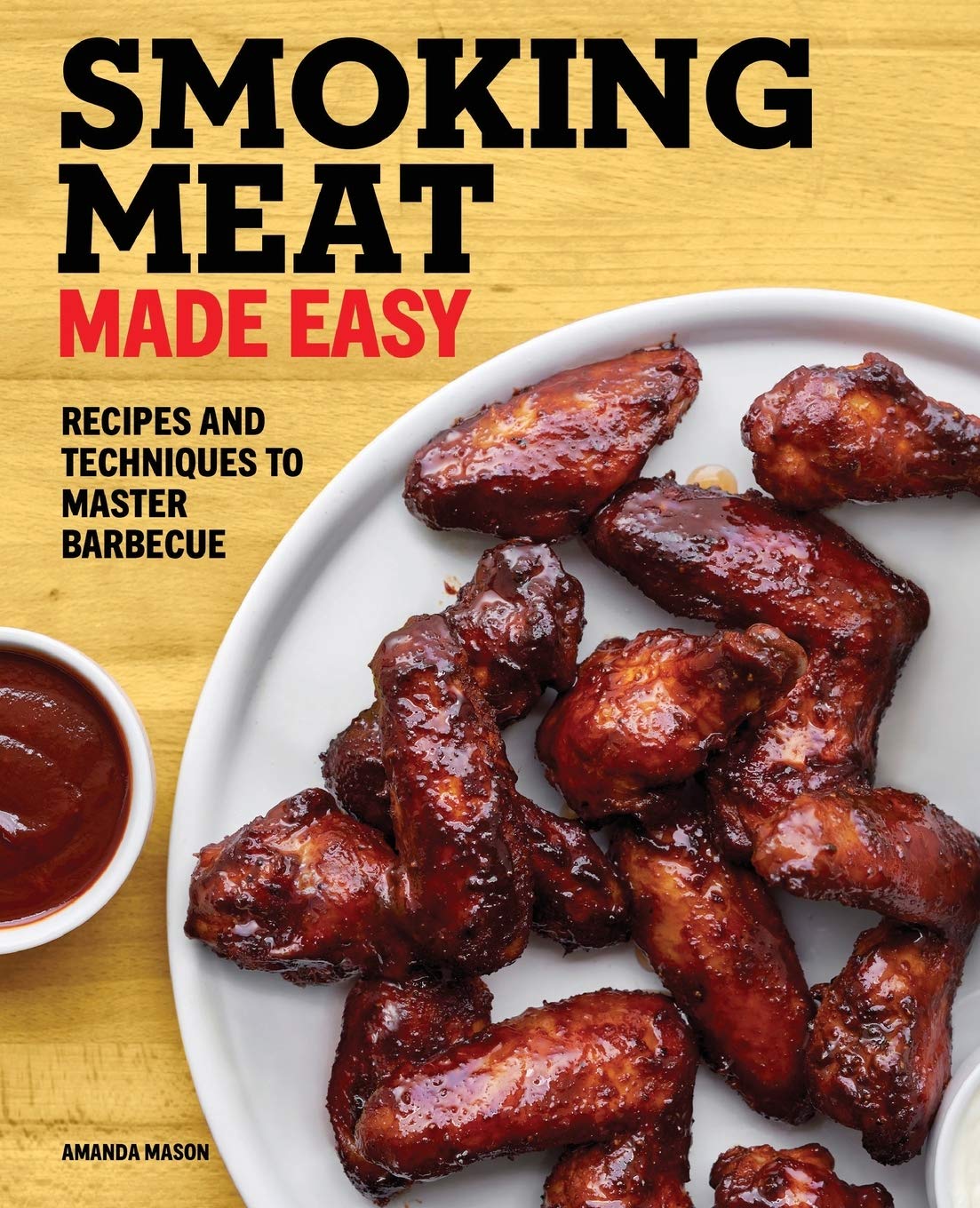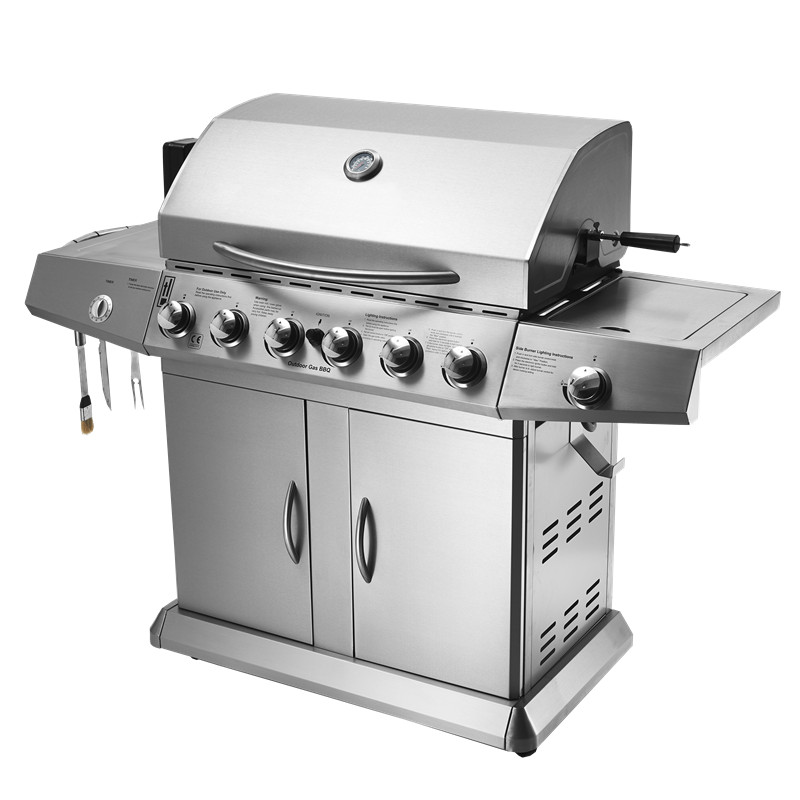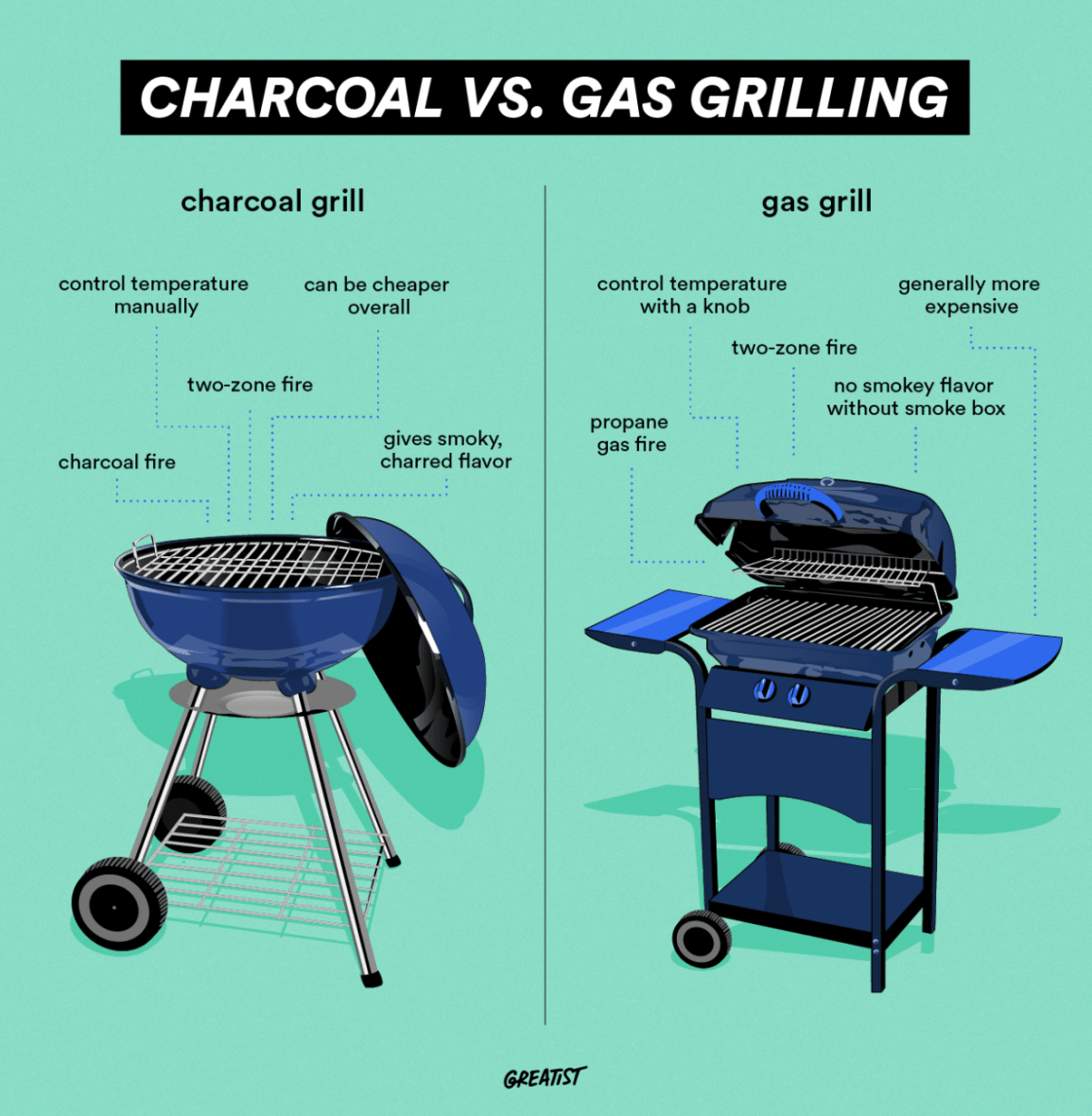
Grilled beef short ribs are a wonderful way to make a delicious and savoury dish. Not only will your ribs produce a heavenly aroma while cooking, but they'll be so tender that you'll want to eat the entire rack. Here are some tips to make beef short ribs at the barbeque. You can get the best results by using the right barbecue tools.
Good graters are essential when cooking beef shortribs on the grill. These graters include a special attachment that allows you turn the meat easily. For even cooking, ensure that the meat is centered. You should ensure that the grater is high enough to reach all ribs. Once the grater installation is complete, it'll be simple to place the beef ribs short on the grill.

Season the ribs liberally in salt and pepper. You can add additional spices to dry rubs. You can also add cumin or chili powder to dry rubs. After covering the ribs, place them on a clean towel and allow them to cool down for 20 minutes. Turn the ribs over and cook both sides. Move them to the hottest area of the grill. Each side should take approximately 8 minutes.
When cooking beef short ribs on the grill, it is important to make sure they are properly prepared. The meat must be cut before being placed on the grill. It should also have an internal temperature between 200 and 200F. Once cooked, you can slice the ribs from the bone and serve with au jus as the sauce. You can also season any side dishes with au jus.
Make sure your ribs don't have bones before cooking. This will help you avoid problems when the meat begins to fall apart. You should cut the meat from the sixth, seventh and eighth ribs. It should have three crosscut rib bone. Be sure to order boneless beef short ribs when ordering from your butcher. Important to pay attention to the cut.

Your beef short ribs should be strong enough to withstand the strongest flavors after you have prepared them. While they are typically braised or roasted low and slow, they can be grilled to achieve a charred and smoky exterior. The beef ribs can be served with a spicy barbecue sauce or simple red chimichurri sauce.
FAQ
What skills do I need to get into culinary school?
You will need to know how to cook, understand food safety regulations, and be able work under pressure in order to become a chef. You should enroll in cooking classes at local community colleges or high schools to learn how to cook. Once you've learned basic techniques, you'll need to find a job working for a restaurant or catering company.
How much does a culinary school cost?
Culinary school costs vary depending on where you go, how long you study, and what program you choose. Tuition costs range from $10,000 to $30,000. Most students graduate with approximately $20,000 in debt. Some programs offer scholarships, grants, or work-study opportunities.
How can I get hired to be a chef?
The first step toward getting a job as a chef is to complete a culinary arts degree. The next step is to join a professional association like the American Culinary Federation. The ACF offers certification exams and networking opportunities.
How to become a chef
There are many paths to becoming a chef. To start, you can take a course at your local community college. Consider attending culinary school. The last option is to apply for a job as a paid intern.
How Can I Get Hired As a Cook?
Word of mouth can help you get a job as an experienced cook. Friends and family might know of a restaurant in need of additional staff. A lot of restaurants also advertise their openings on bulletin boards or websites.
How much does it cost to study Culinary Arts?
Prices for studying culinary arts vary widely. For example, a 4-year degree costs about $40,000. A two-year associate's level degree can cost less than $5,000. Tuition rates depend on the type of program you select. Public institutions are more expensive than private institutions.
Statistics
- In the United States, the category is estimated at $23.2 billion annually and is growing faster than the market. (washingtonpost.com)
- According to the BLS, chefs earn $58,740 a year. (learnhowtobecome.org)
- You'll be amazed that over 90% of CIA students receive scholarships and grants to finish their culinary studies. (ischoolconnect.com)
External Links
How To
How to make a perfect omelet
Omelets is one of my favourite breakfast foods. But how do they turn out so perfectly? I've tried many different methods and recipes, but none of them seem to work! Today, I'd like to share some tips with you in order to make delicious and fluffy omelets every day.
It is important to know that eggs can be temperamental when making omelets. The eggs must be fresh from an organic source and kept at room temperature until they are ready to be cooked. If they are not kept cold enough, the whites won’t form properly. The yolks will also break down too quickly and become runny. This will make your omelets appear strangely colored. If you're going to cook them immediately, it is best if the eggs are still warm.
You might also try separating the egg before adding to the pan. The yolk and white should not be mixed together as this can cause the omelet's curdle.
You could end up burning the bottom half of the egg if the egg is added directly to the heat source. Instead, put the egg in the microwave for 10 seconds before putting it into the pan. The microwave heat will cook the egg just right without making it too hot.
Next, let's discuss mixing the eggs. When you mix eggs together, you want to beat them well. To do this, take the bowl from the mixer and flip it upside-down. Next, shake the bowl vigorously. This way, the air inside the bowl gets whipped around and mixes the egg thoroughly.
Now it's time to have fun: pour the milk into the mixture. The first step is to pour half of the milk in the beaten eggs. Next, fold the eggs into the remaining milk. If you still see streaks of eggs, don't worry. These streaks will disappear once the omelet has been turned over.
After folding the eggs, place the pan on medium heat and wait for the oil to start sizzling. Add 1/4 cup butter to the oil and swirl it around to coat all sides of the pan. Now carefully crack open the lid of the pan and sprinkle salt into the pan. A pinch of salt will prevent your omelet from sticking in the pan.
Cover the pan once the omelet is formed and allow it to cool completely. Flip the omelet over using a spatula or flip the pan upside down. Cook the other side for another minute or two. Serve the omelet immediately by removing it from the pan.
This recipe works best with whole milk, but skimmed milk also works.